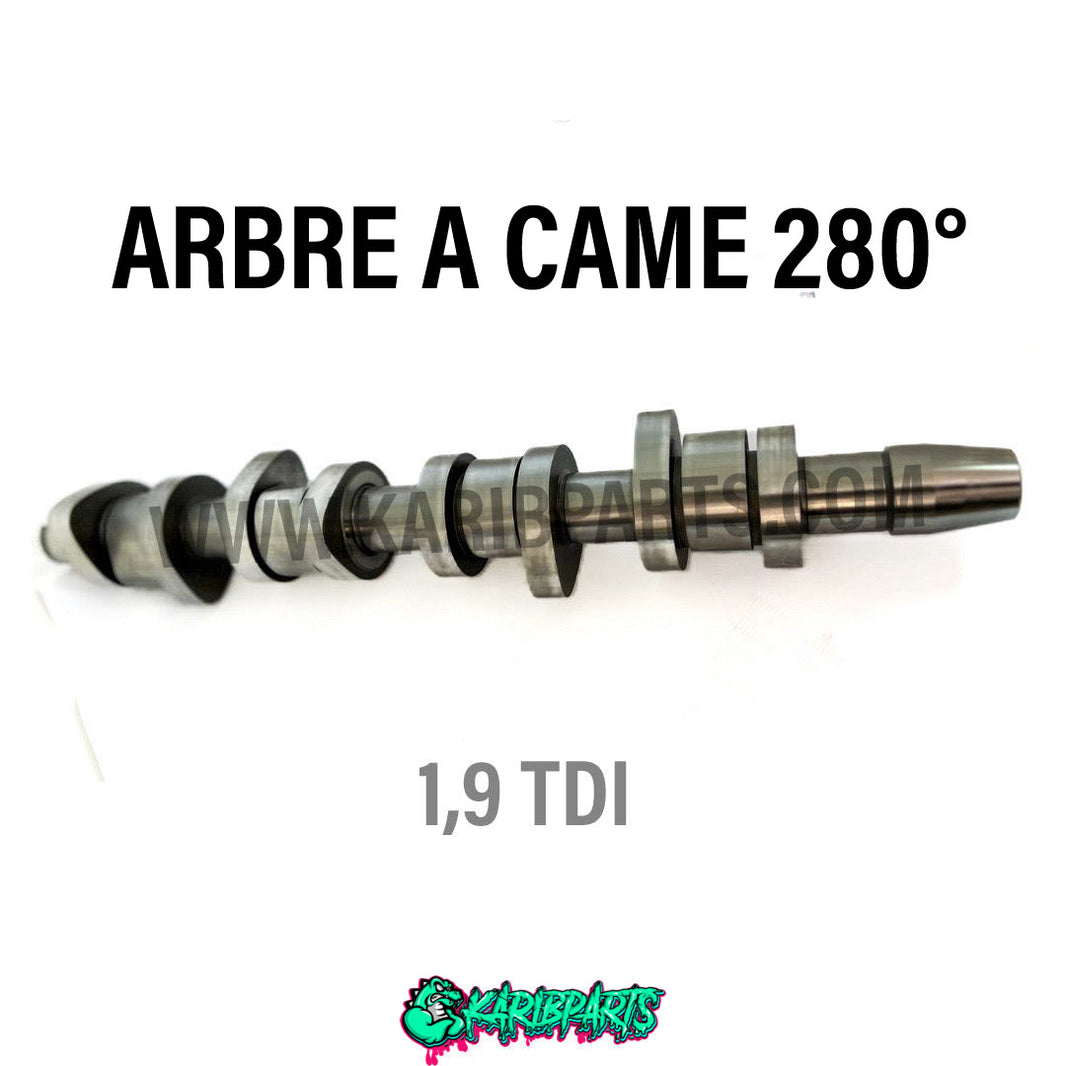Bearing turbos, also known as ball bearing turbos, offer several advantages over traditional sleeve bearing turbos:
1. **Faster Response**: Ball bearing turbos have lower inertia, allowing them to respond more quickly to changes in power demand. This improves acceleration and reduces response time, often referred to as turbo "lag."
2. **Increased Efficiency**: They are more efficient in terms of internal friction. This means they can convert more of the energy in the exhaust gases into useful energy for supercharging, thus improving engine performance.
3. **Durability**: Ball bearings are generally more durable and resistant to harsh operating conditions, such as high temperatures and high-speed rotations, compared to plain bearings.
4. **Better Lubrication**: They maintain better lubrication under high loads, which is crucial for turbo longevity, especially in high performance applications.
5. **Smoother Operation**: Operation is often smoother, with less vibration, which can benefit the overall durability of the engine and the turbo itself.
In summary, bearing turbos offer better response, increased efficiency, improved durability and smoother operation, making them particularly attractive for high performance applications and for those looking to optimize their engine's performance.
Do you need more turbo pressure with these turbos to achieve the same power?
No, you don't necessarily need more boost pressure with a ball bearing turbo to achieve the same horsepower as a plain bearing turbo. In fact, due to their higher efficiency, ball bearing turbos can often achieve the same or even higher horsepower at similar or slightly lower boost pressure levels.
The main advantages of ball bearing turbos are their faster response and increased efficiency. This means they can reach the desired boost pressure more quickly and maintain that pressure more efficiently. Additionally, reduced turbo lag allows for better performance at varying engine speeds, which can give the impression of increased power even if the maximum turbo pressure remains the same.
However, it is important to note that the relationship between turbo pressure and engine power depends on many factors, including the engine design, the engine management system, and how the turbo is integrated into the overall system. Ball bearing turbos are often used in optimized configurations to fully exploit their potential.


